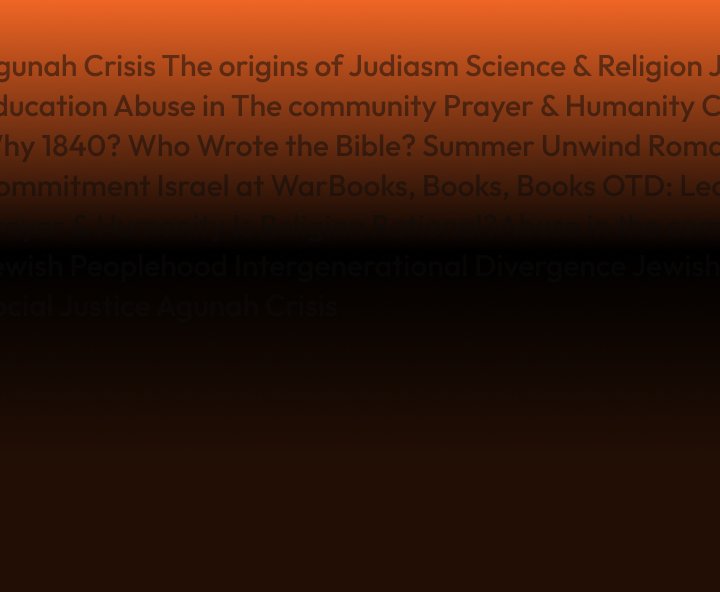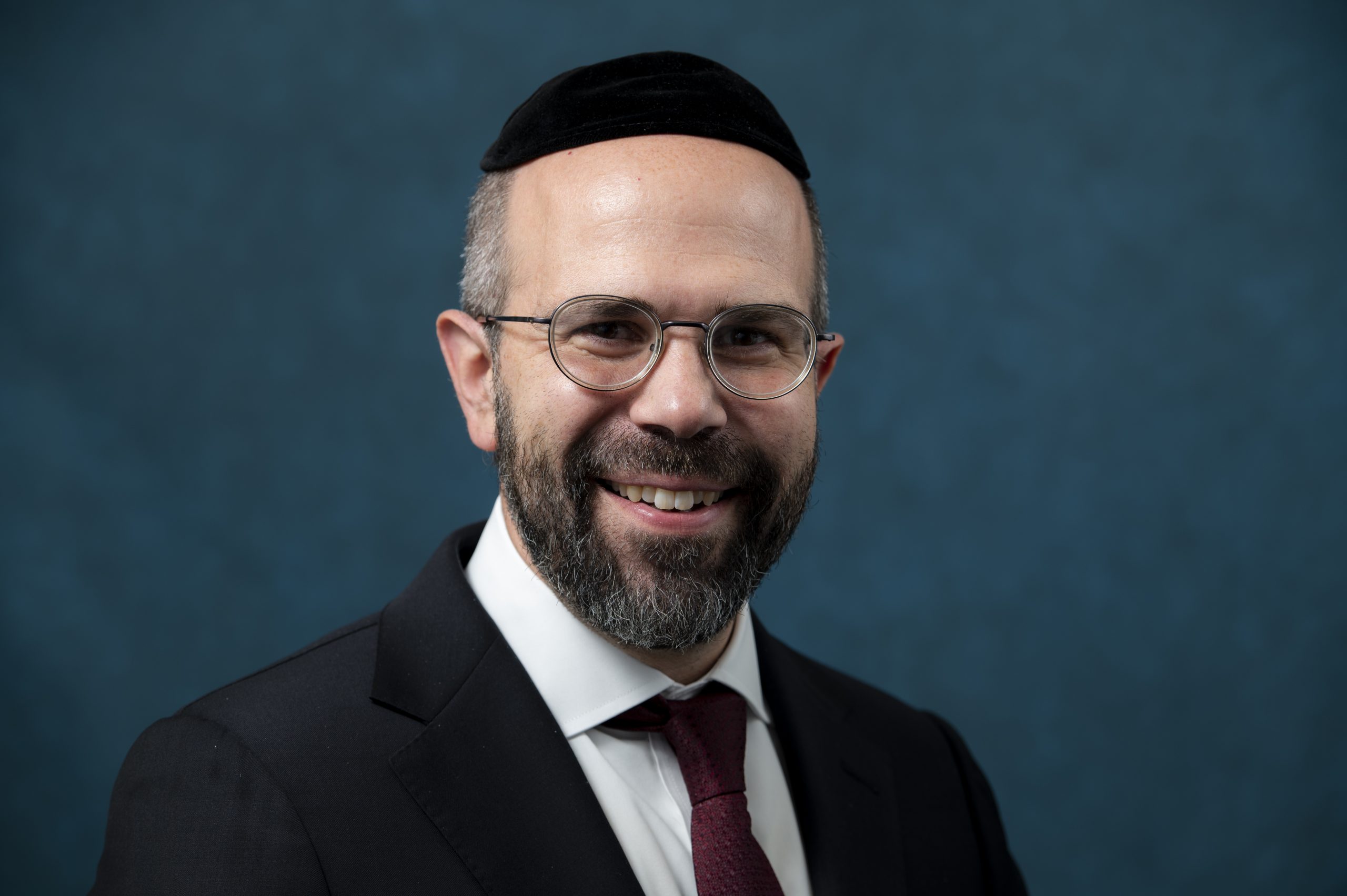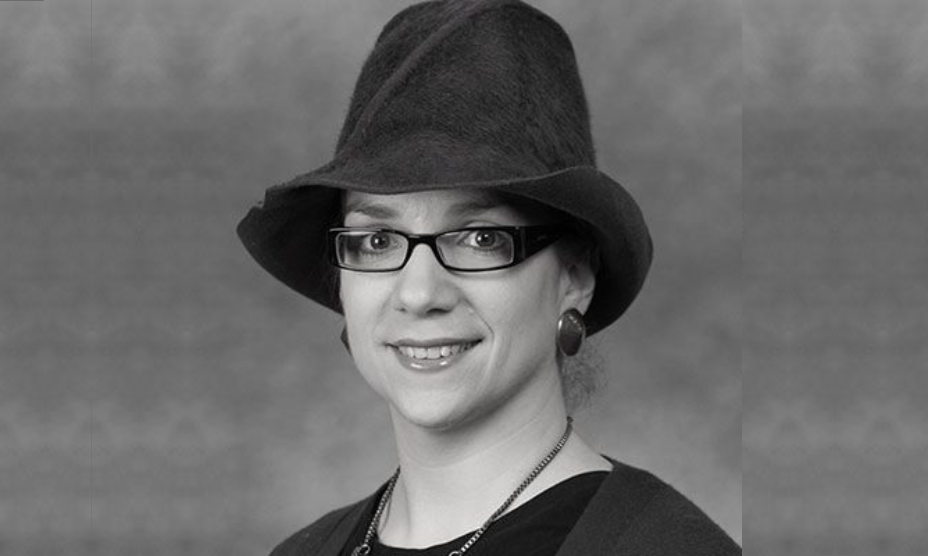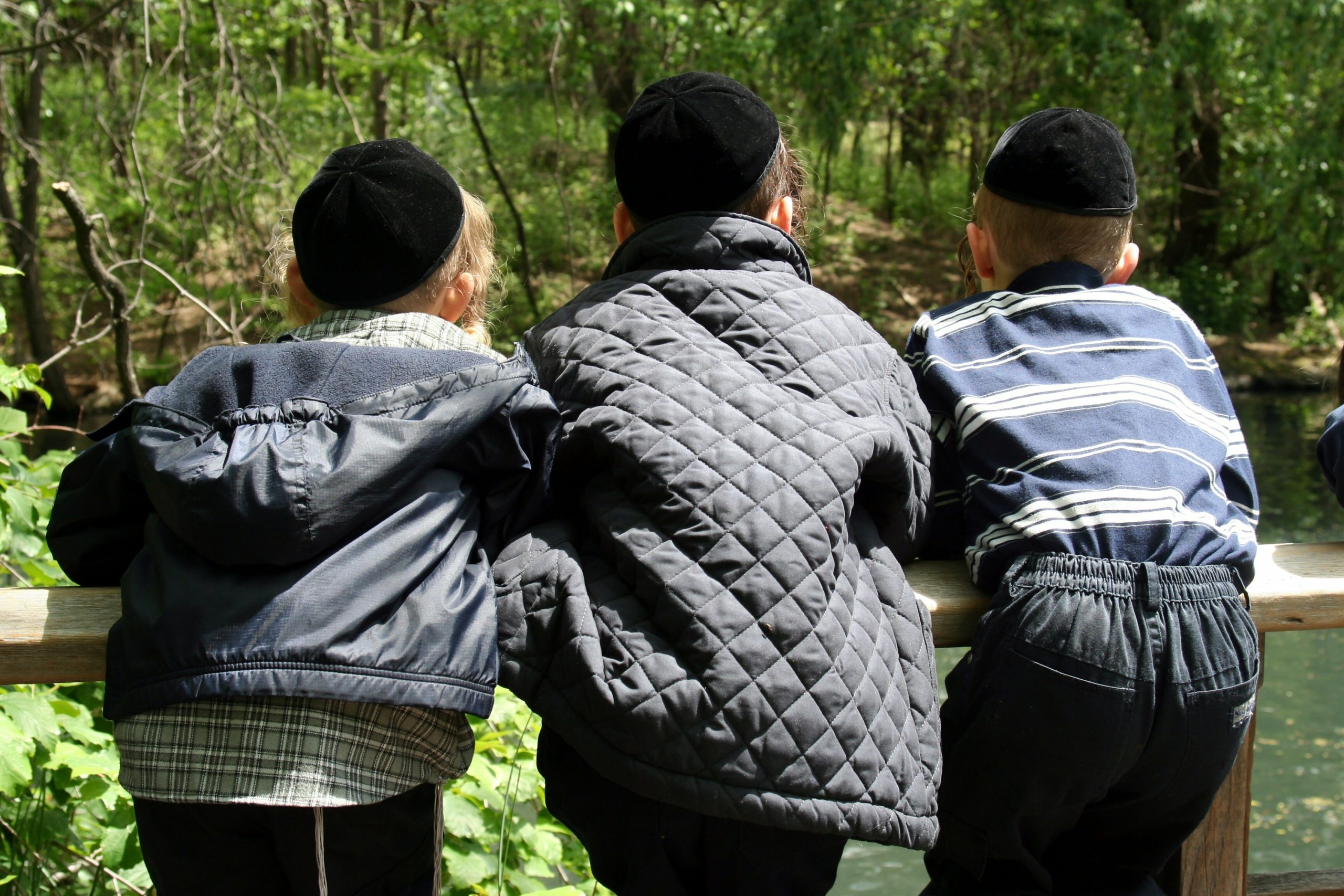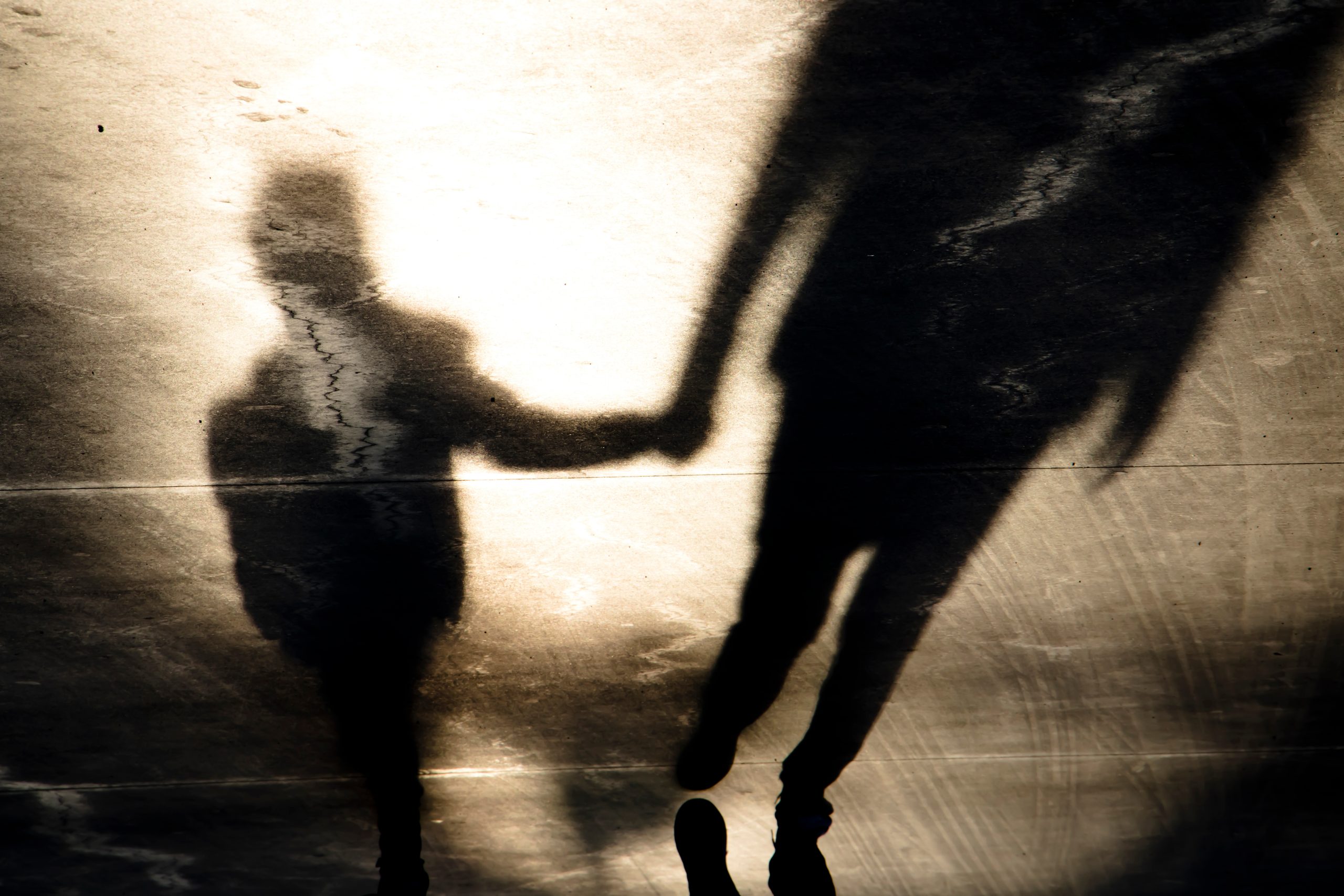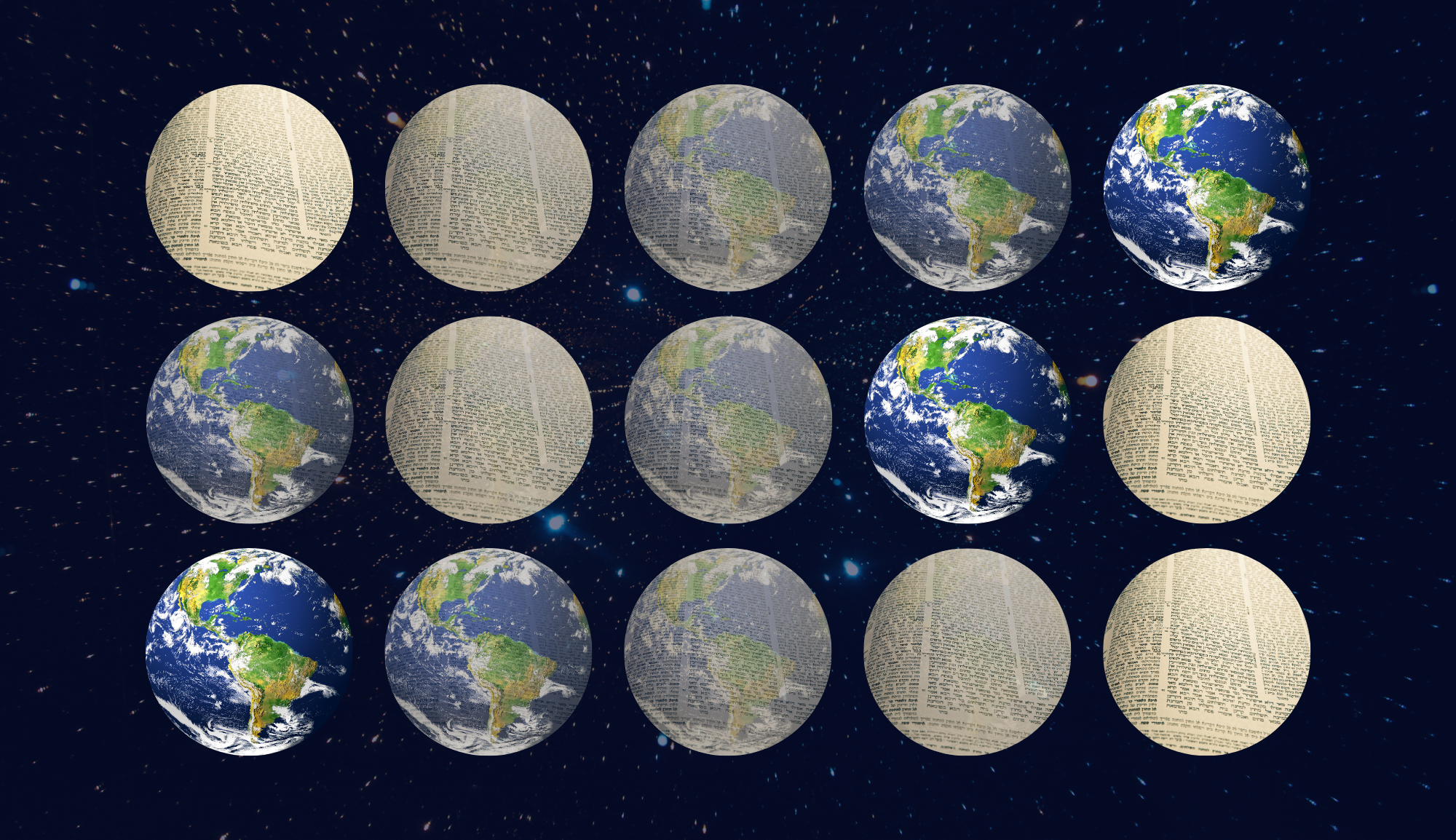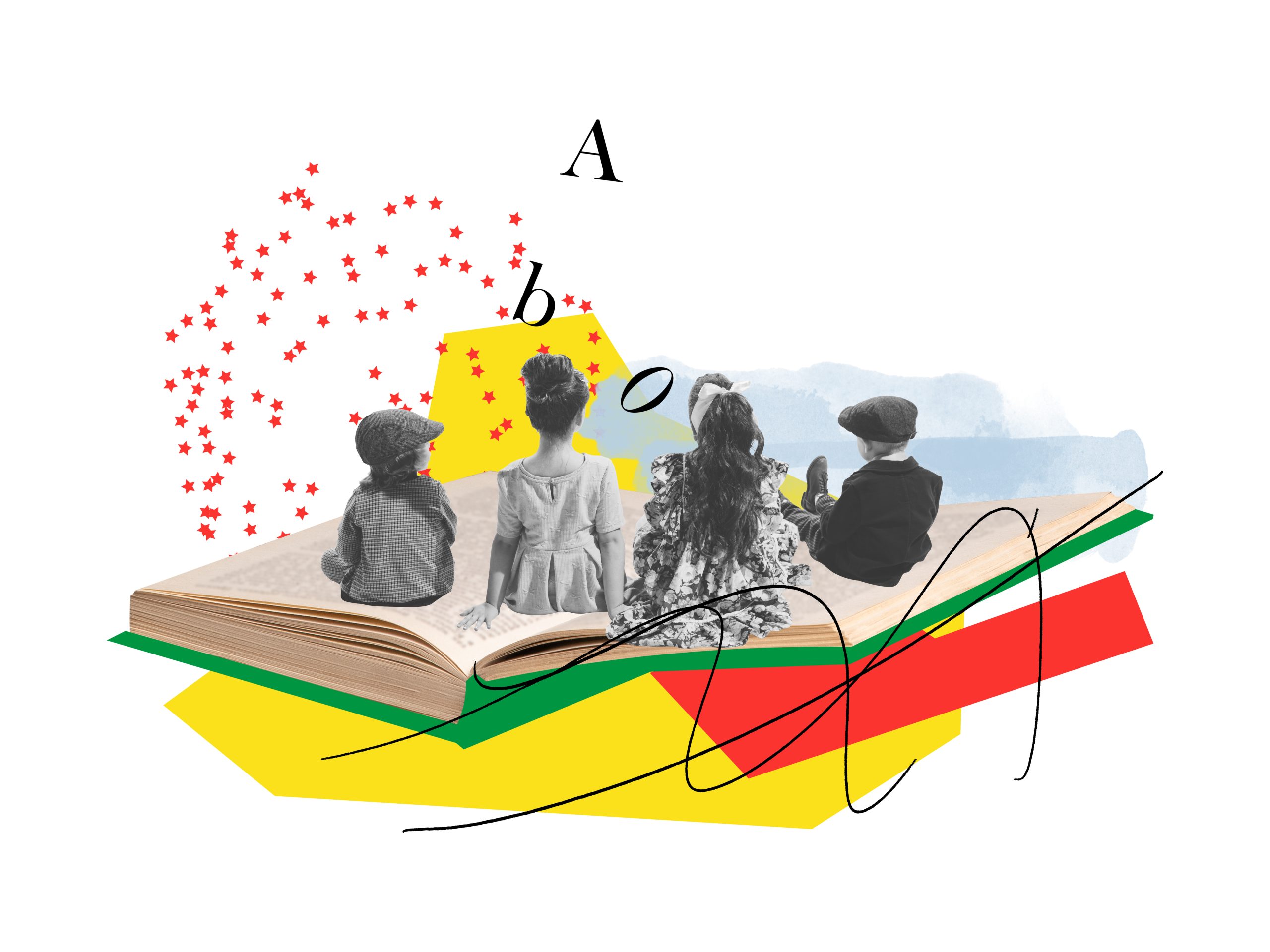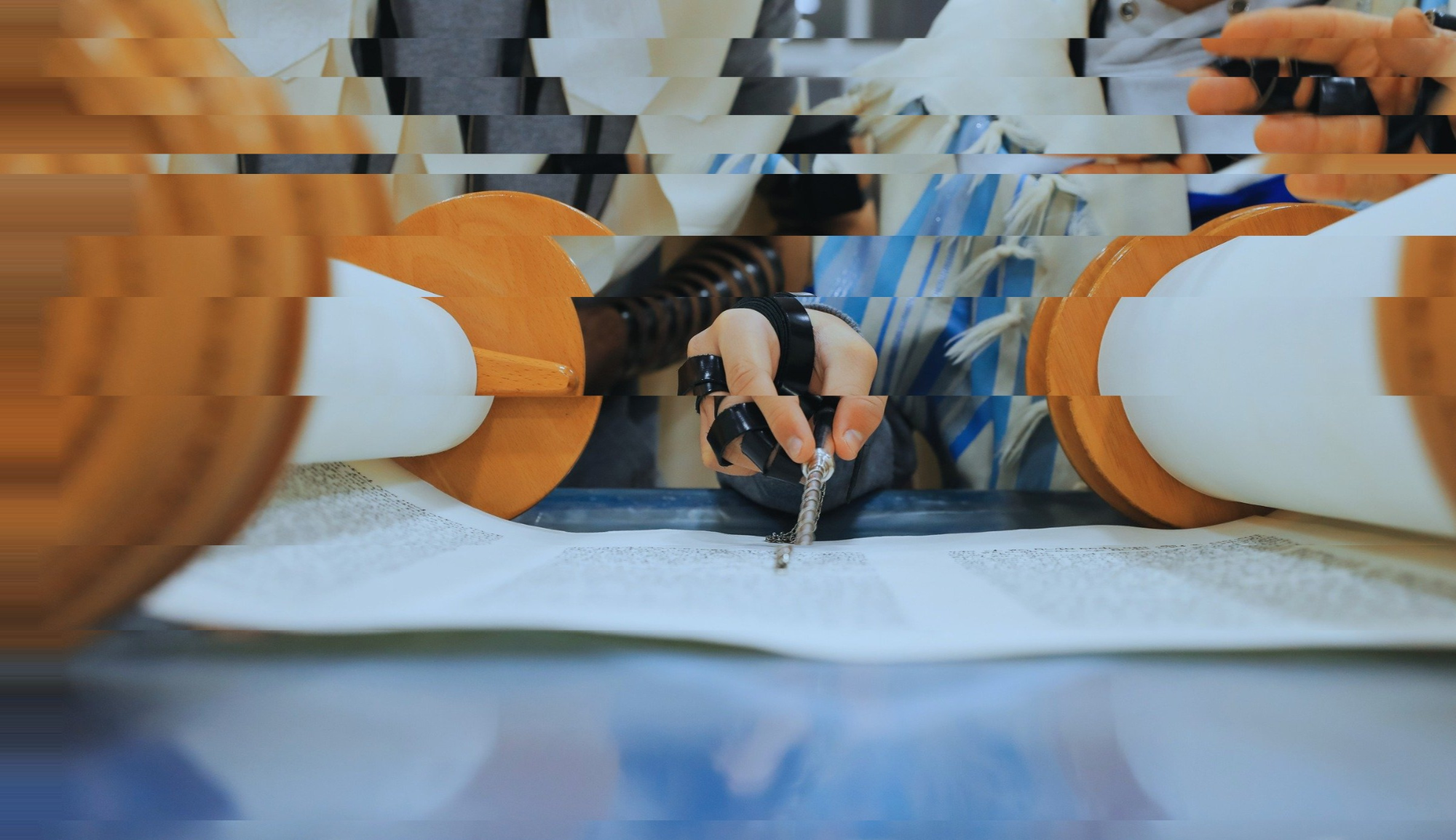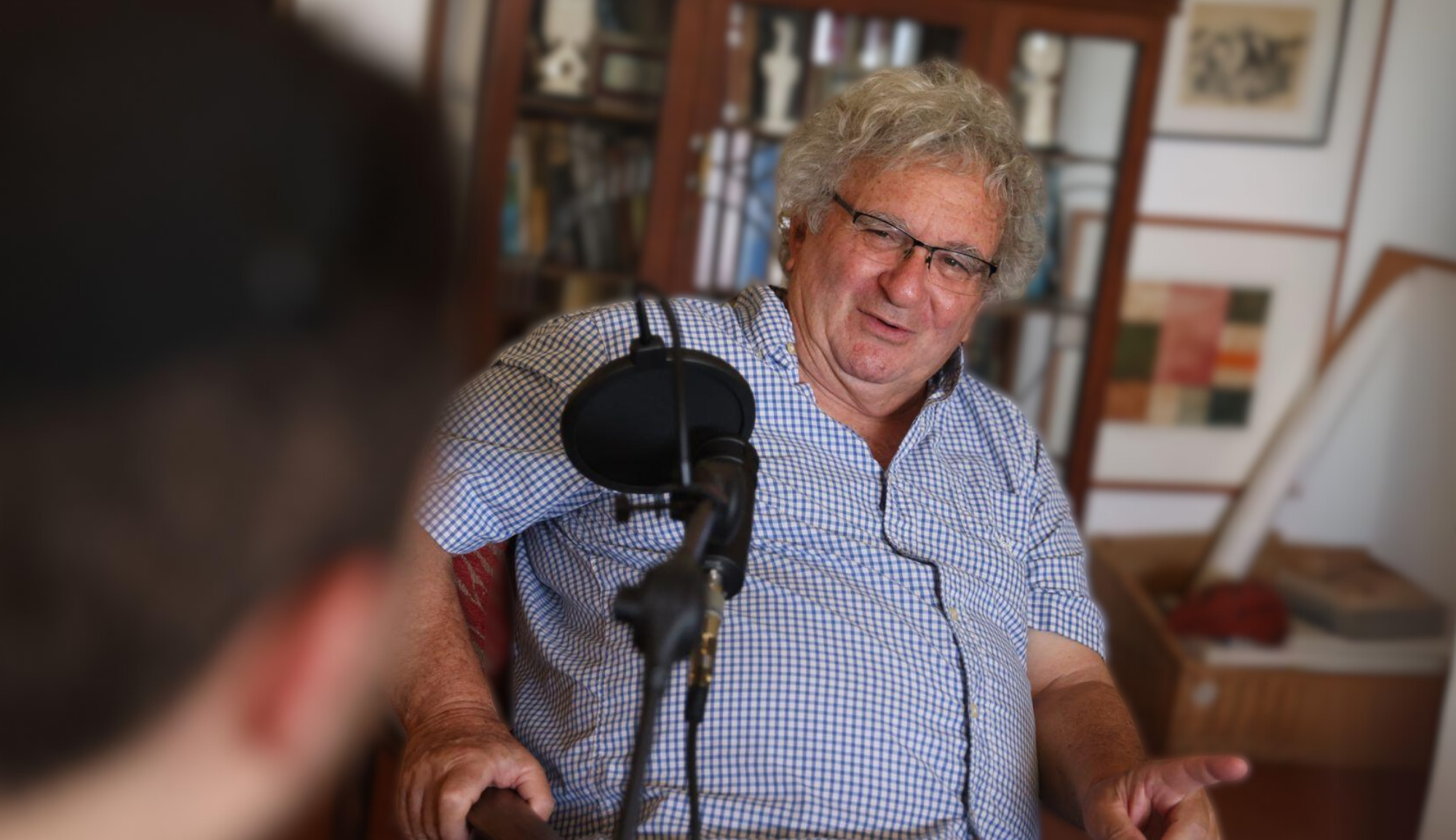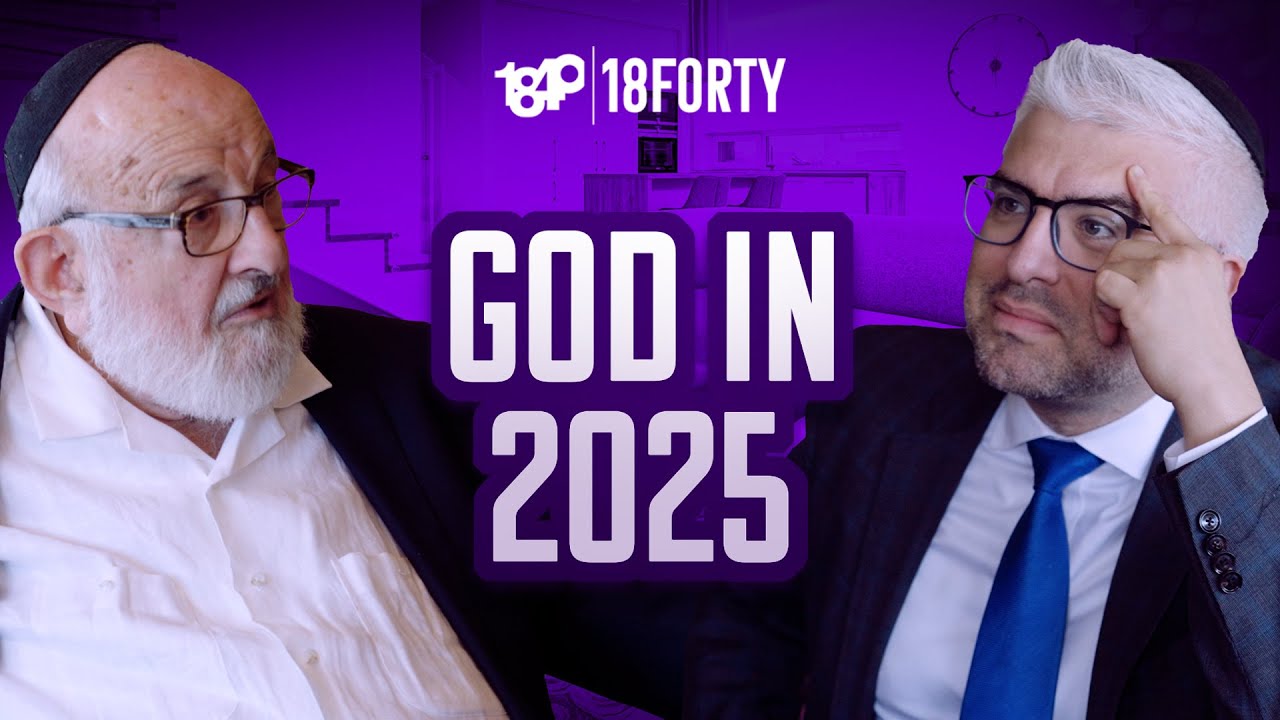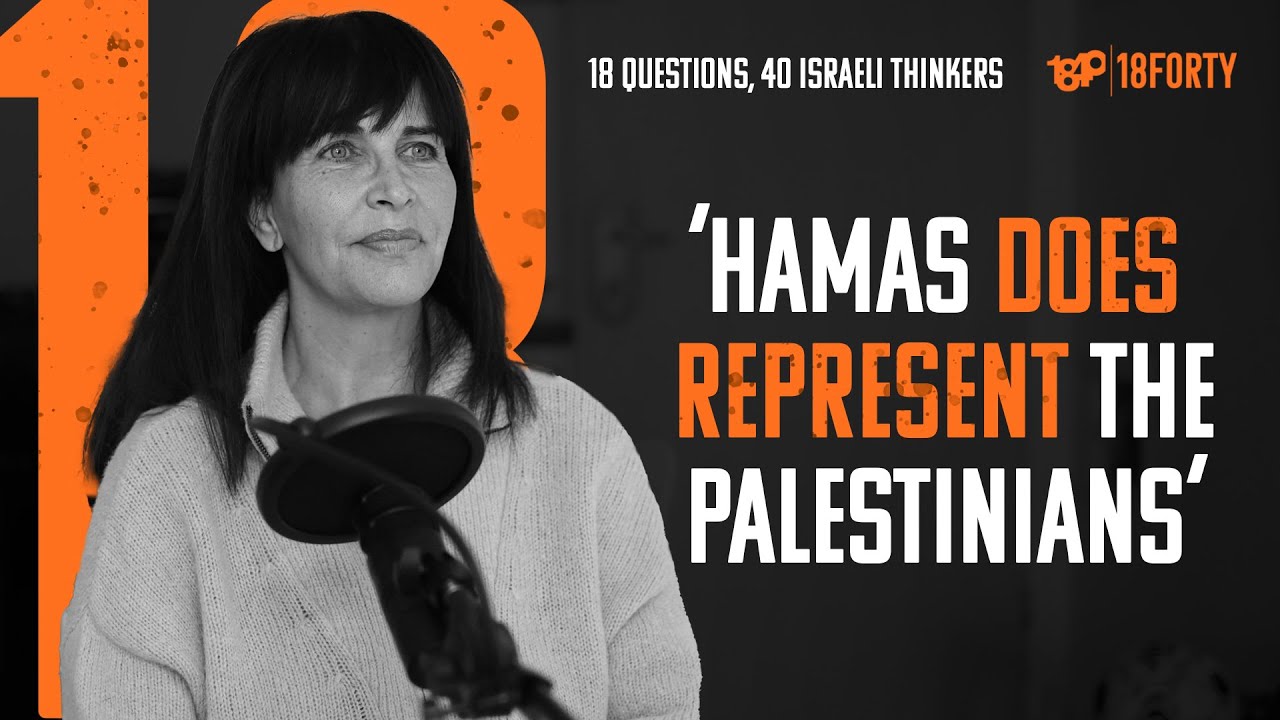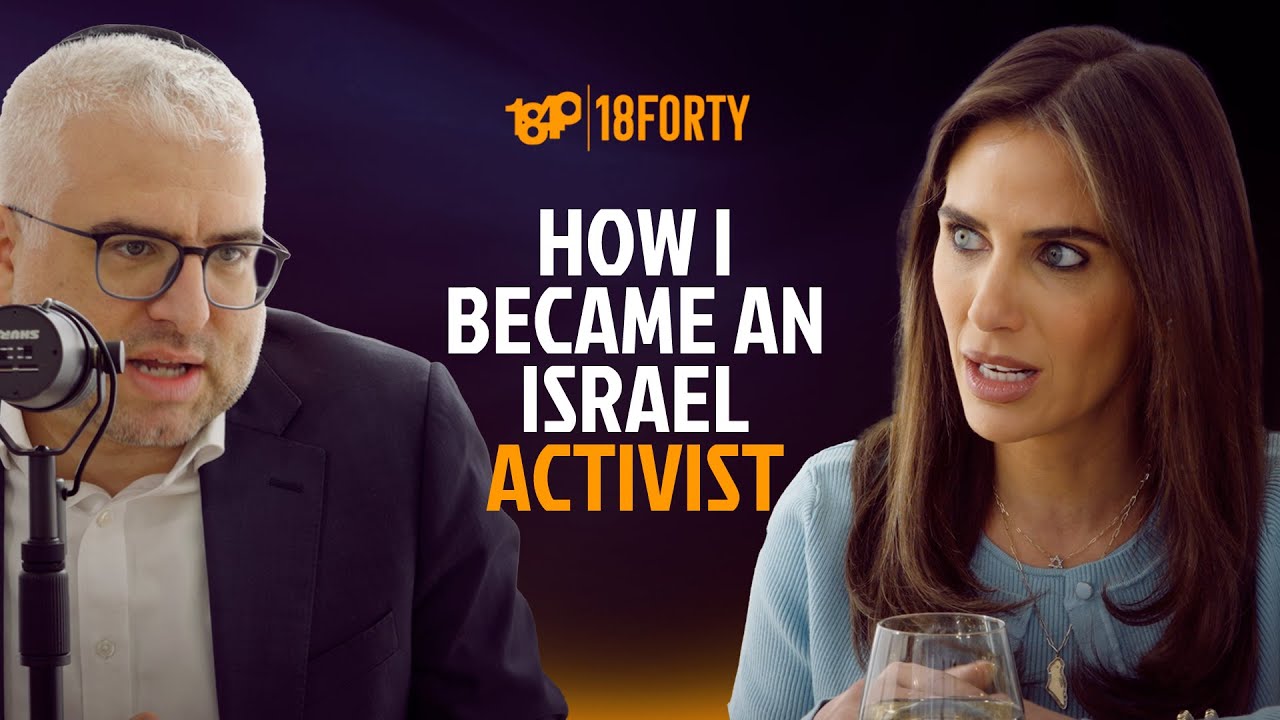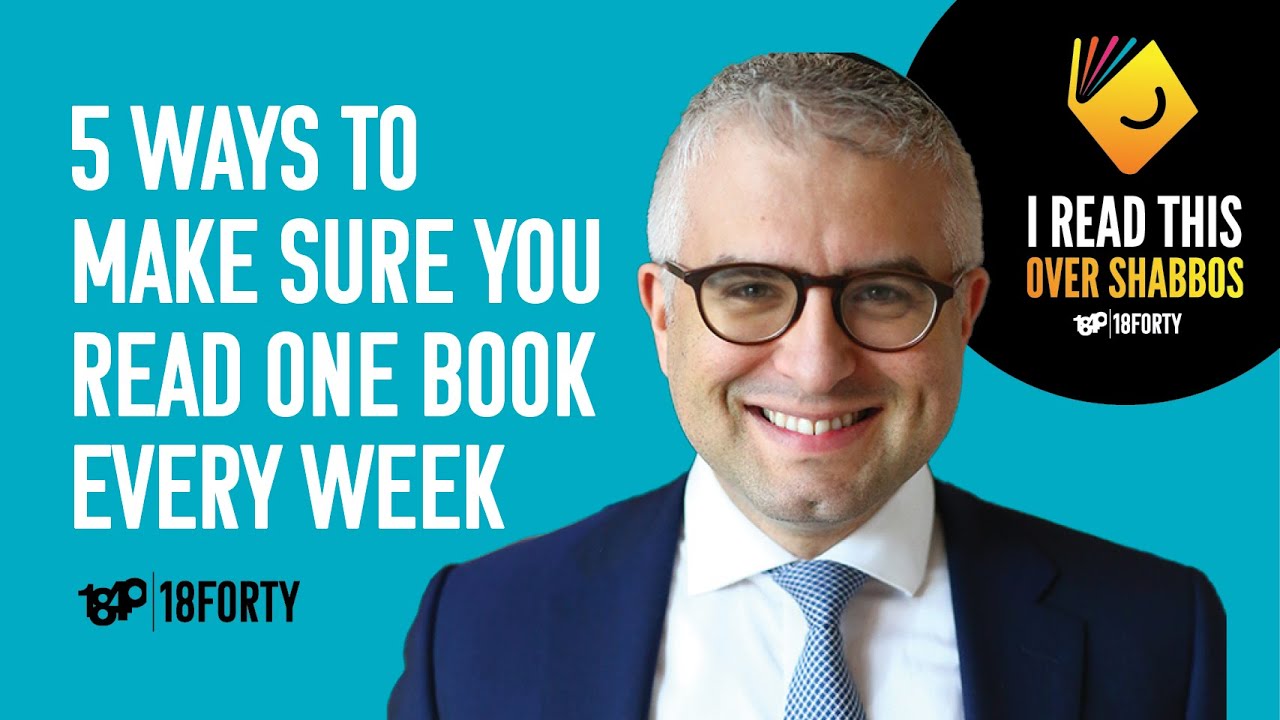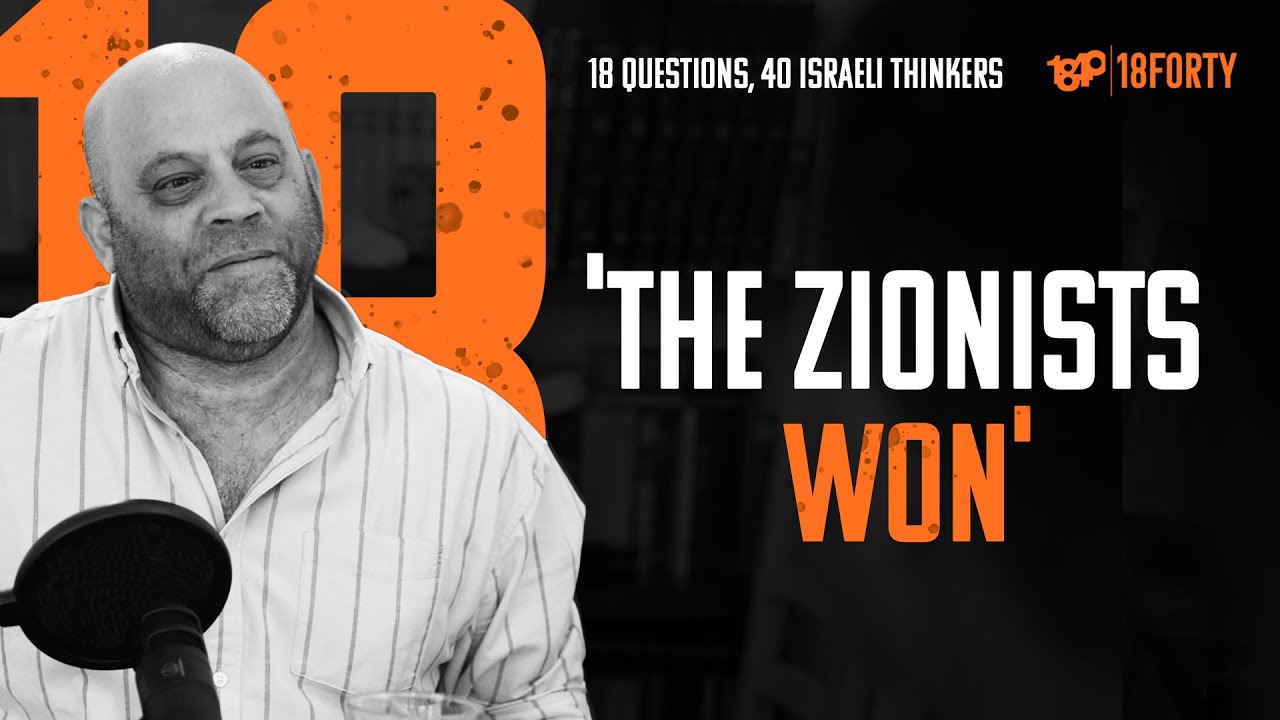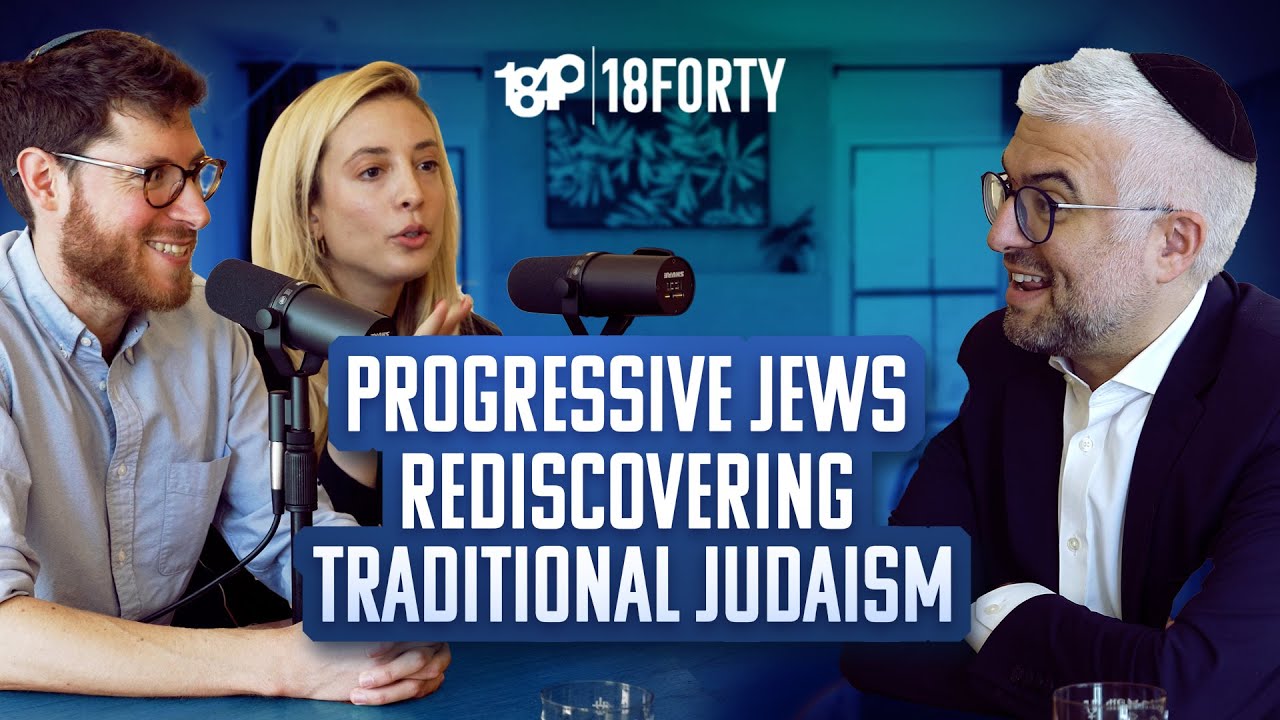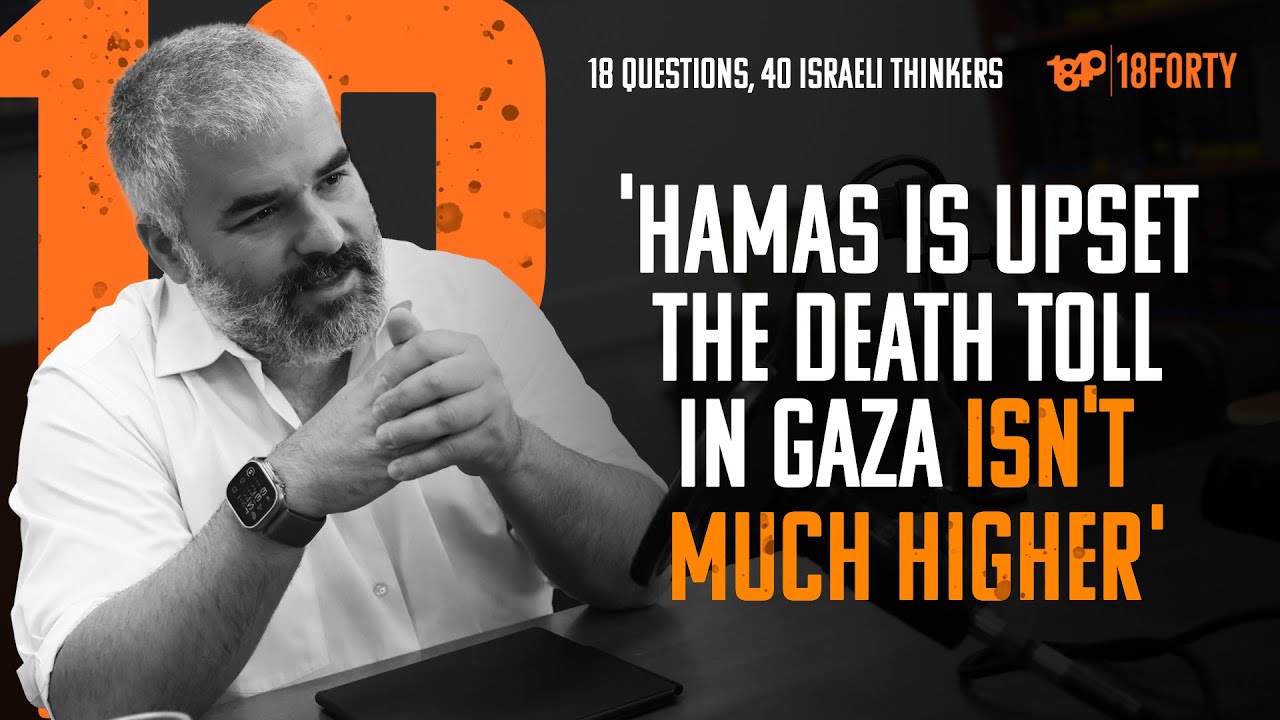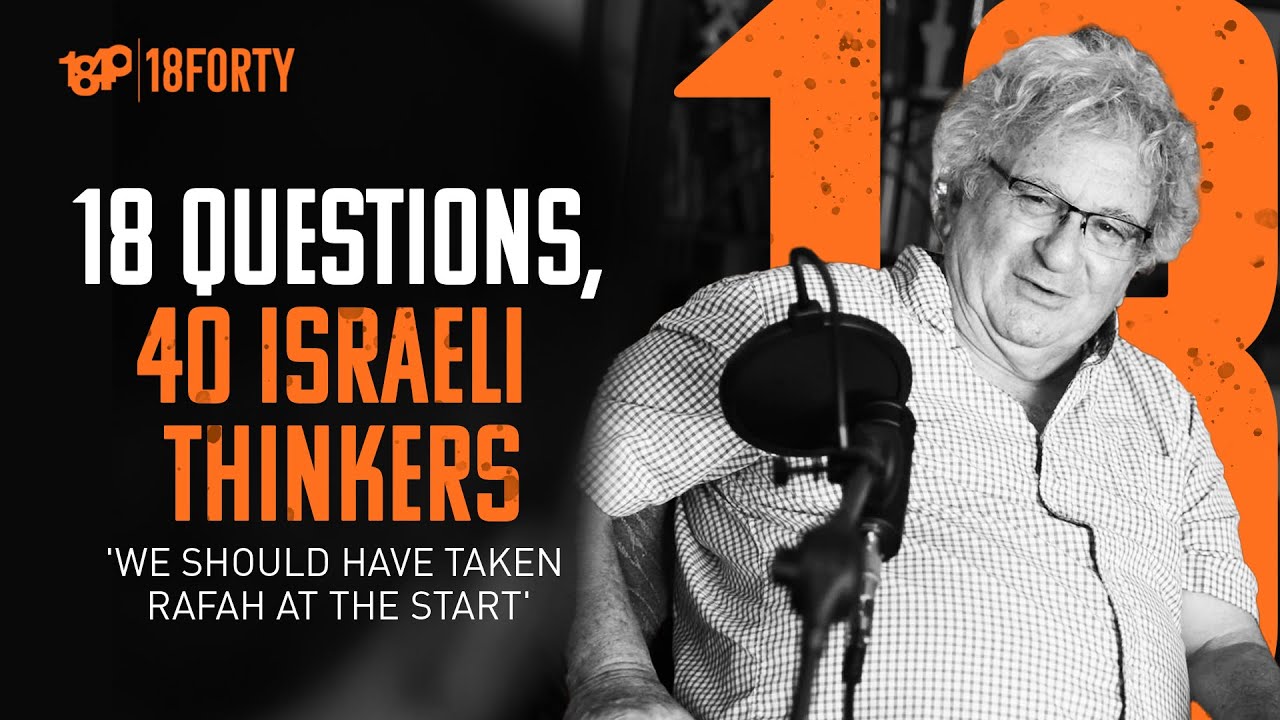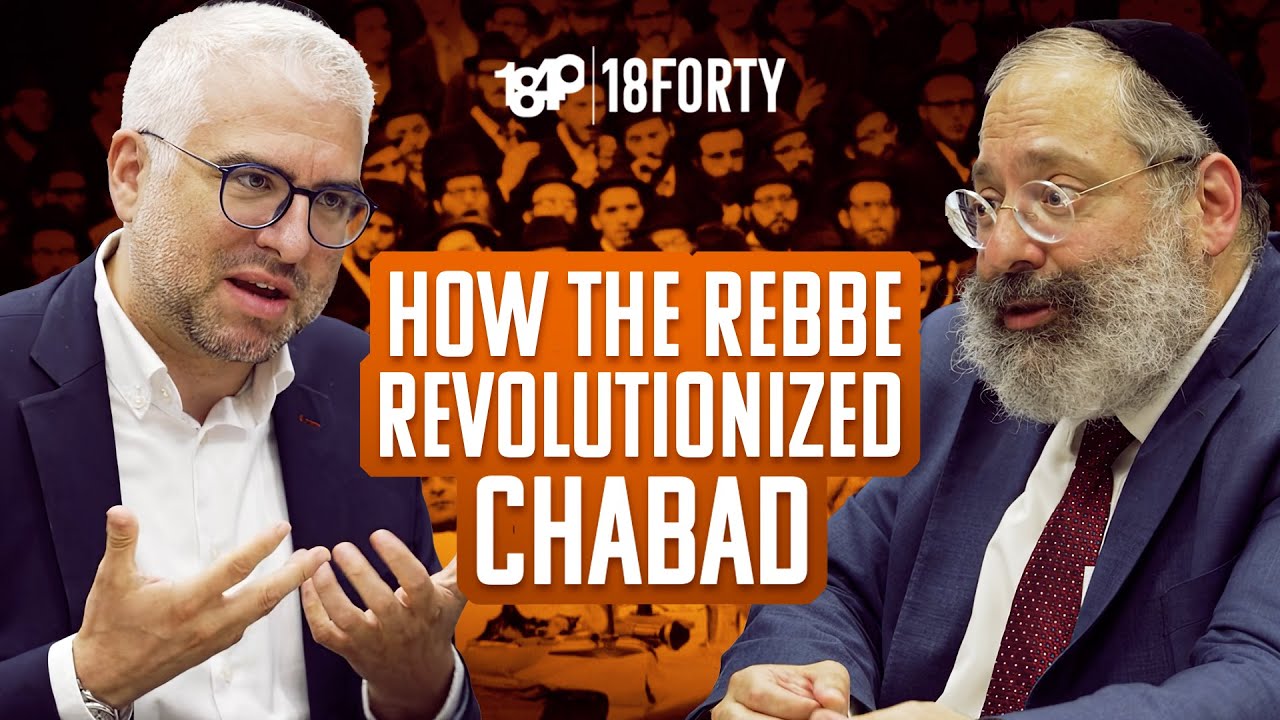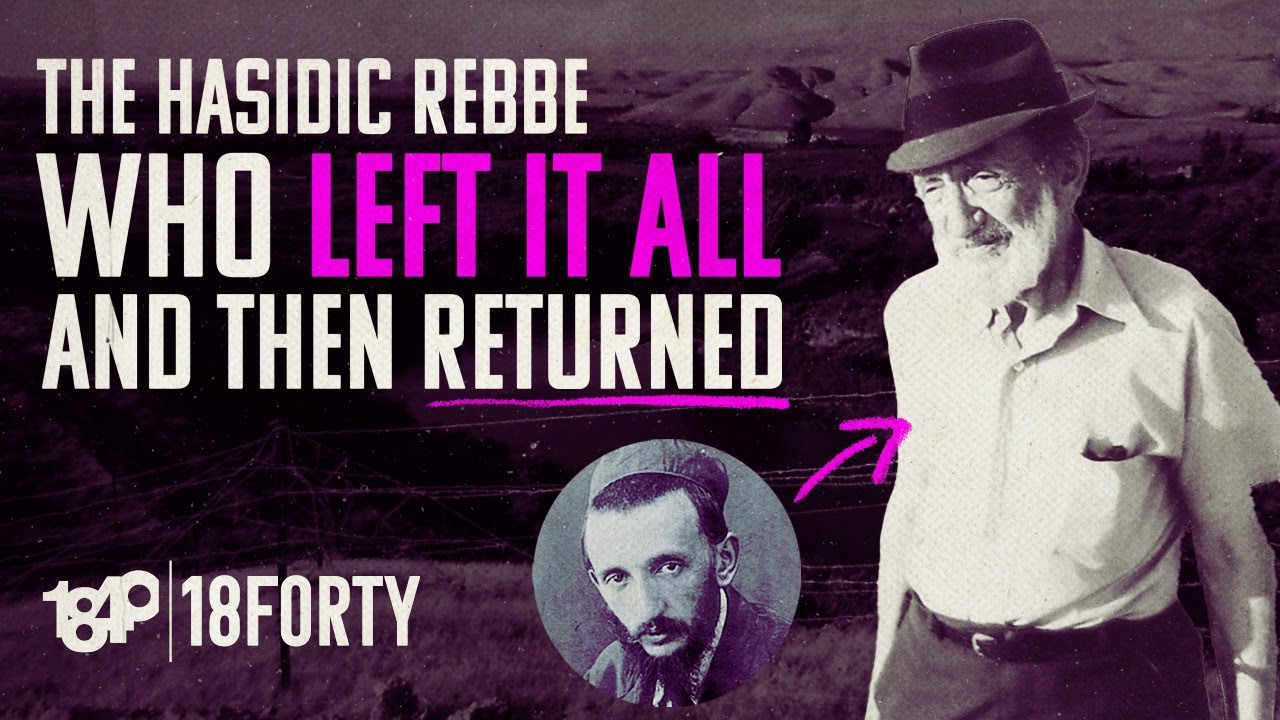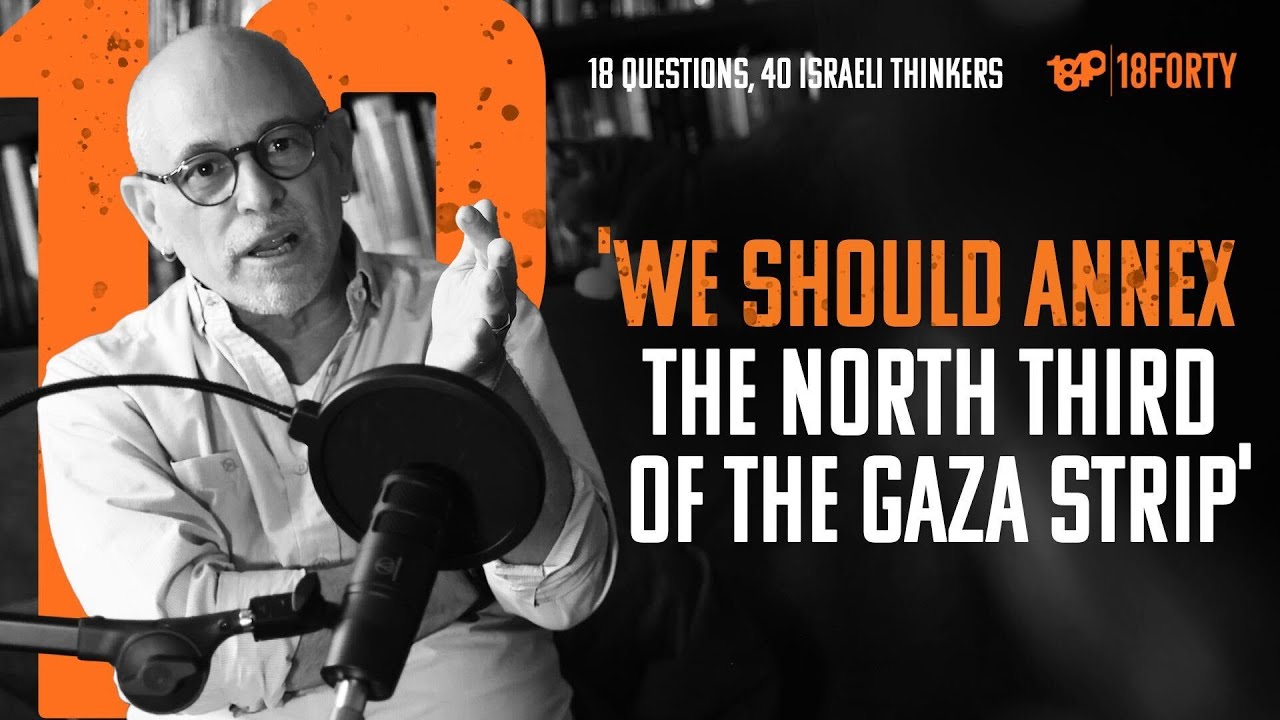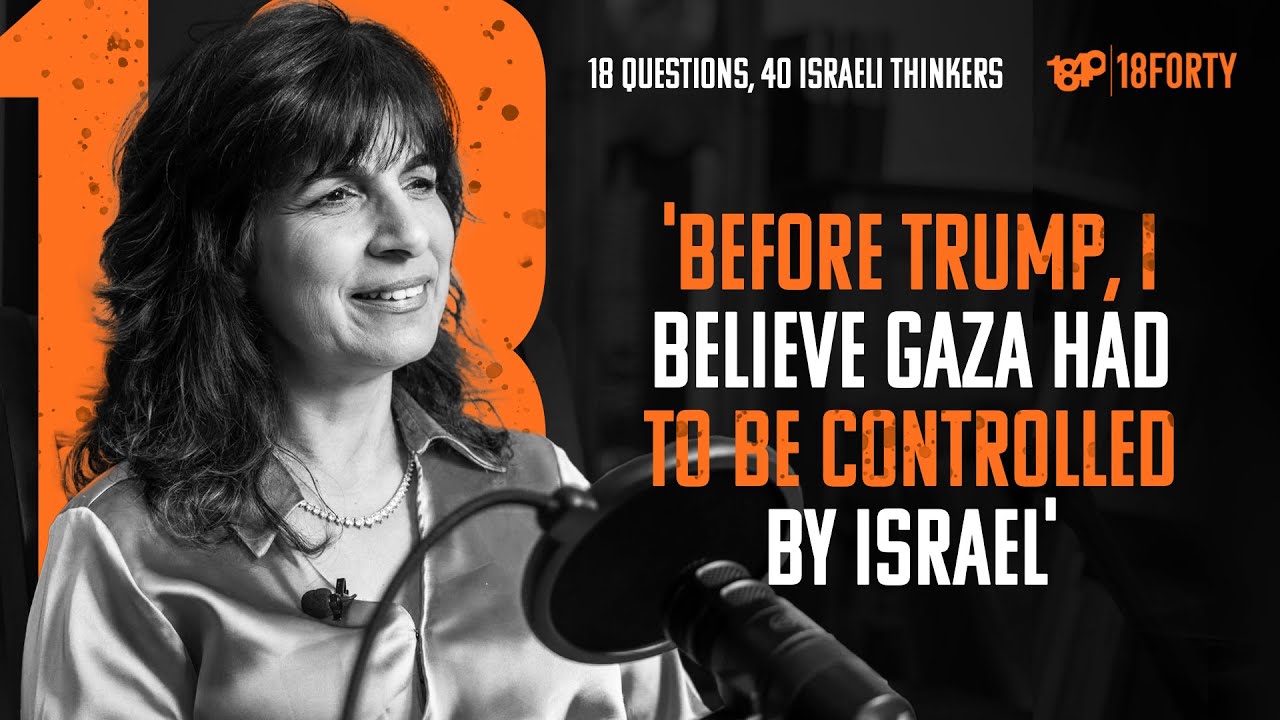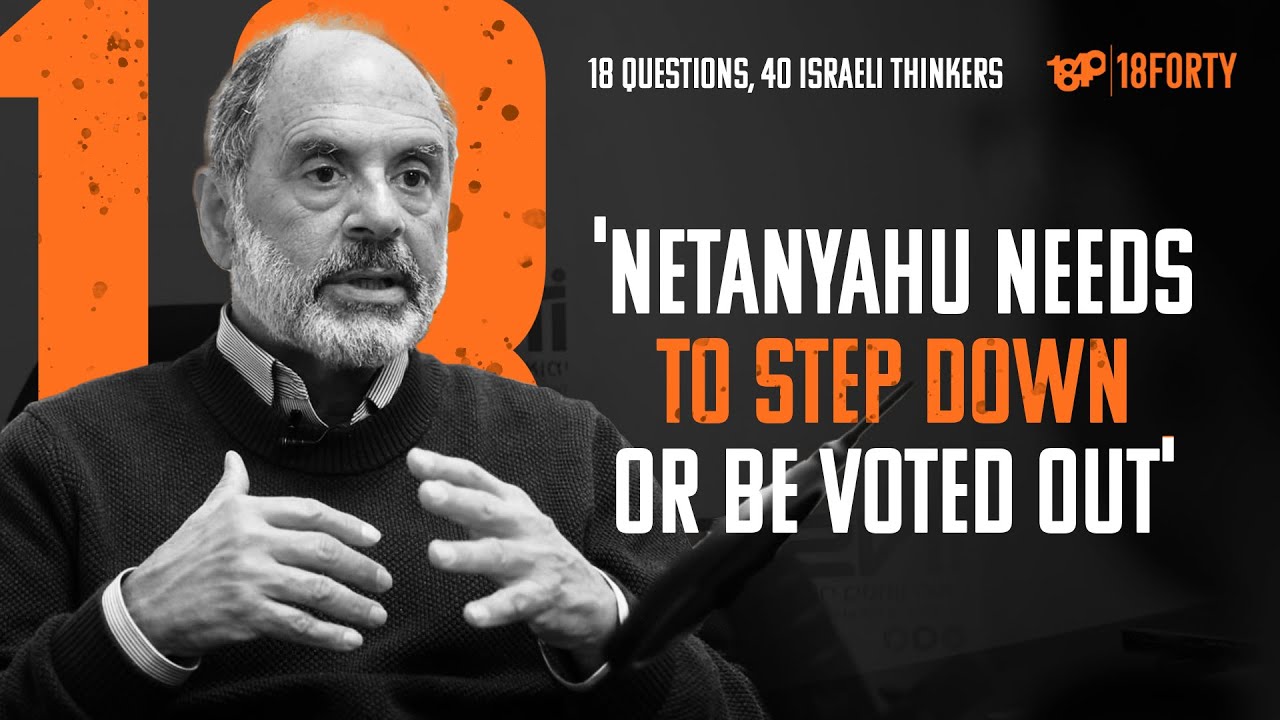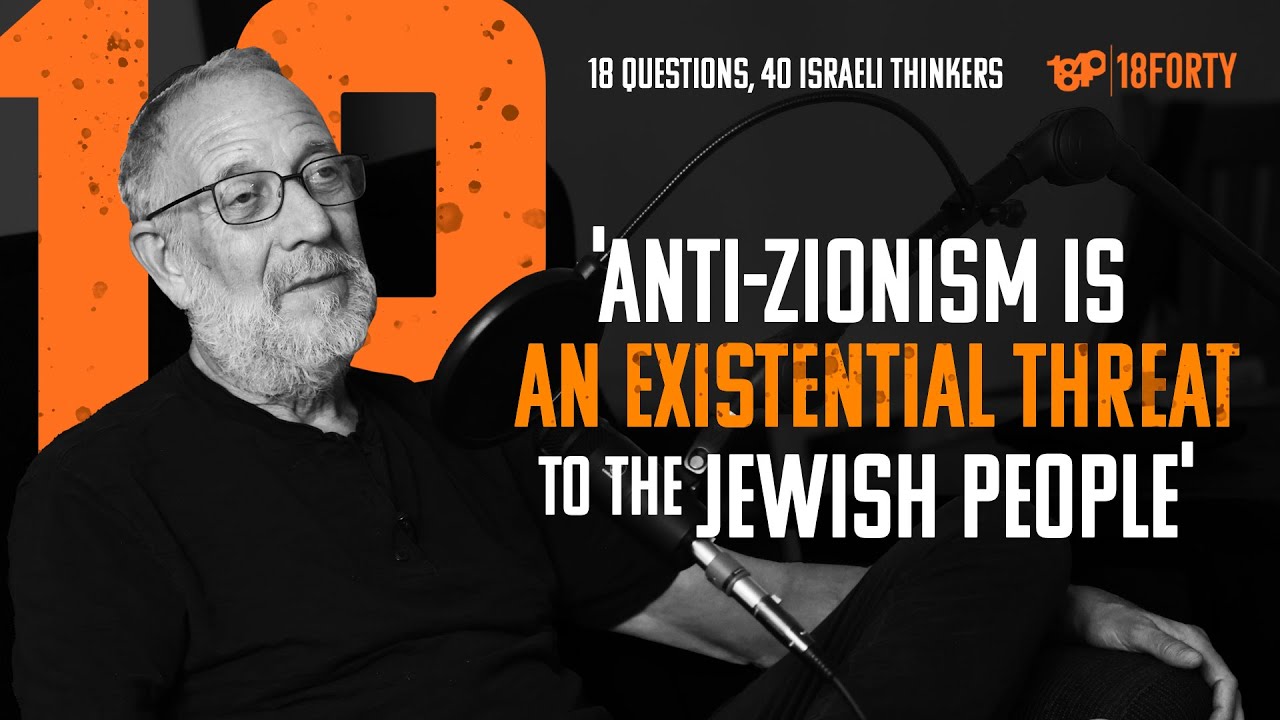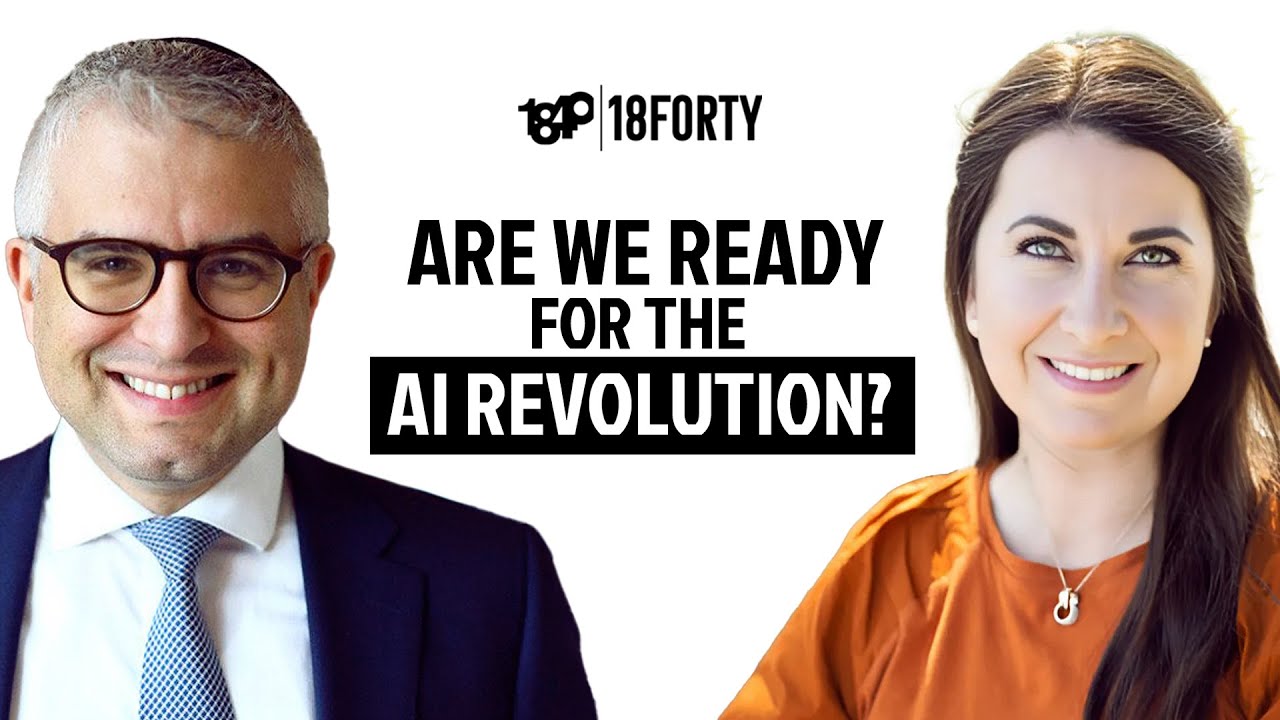One year ago, my daughter Tzipora and I accepted Rabbi Dovid Bashevkin’s invitation to participate in a recorded interview in which we would reflect upon personal experiences that had never been shared in any public setting. While I have no way of measuring the impact of this conversation, I continue to marvel at 18Forty’s virtual reach. Although a year has passed since that episode dropped, hardly a day goes by that I am not approached with thoughtful words of feedback or a simple passing comment from the most unexpected voices. To be honest, other than contemplating with amazement the extent of 18Forty’s sizable audience, I have not really given much thought as to why this conversation seems to have resonated with so many. But then Reb Dovid returned with a second challenge—to share a written reflection regarding our interview, one year later. Despite some initial reluctance, my interest was piqued by this challenge, as it motivated me to dedicate some time to consider why, in fact, our conversation, in addition to other similar interviews that have been published on this platform, seems to resonate with so many. To be clear, I have not conducted a survey, nor do I presume to speak on anyone’s behalf. With an imaginative eye toward the typical listener, I submit three thoughts for your consideration.
I. Limited Exposure
Our recorded conversation was, in every way, genuine and authentic. The interview was unscripted, our dialogue was unrehearsed, and our emotions were raw. Yet, as was certainly evident to all who listened, despite all the details that were candidly revealed, much remained intentionally concealed and tucked away. For reasons that were expressed during the interview, we consented to expose parts of ourselves that were sacred and private and, at least in some respects, rather unflattering. That said, there was a method and structure to our conversation, as it was guided and driven by objective values and purpose.
It seems to me that conversations reflecting this type of symmetry resonate deeply and appeal to us in a most unexpected way. At times, it may even feel like a breath of fresh air. This is especially so because, on a societal level, we seem to really be struggling to achieve any semblance of balance when attempting to share our inner worlds with others. All too often, we are exposed to, or perhaps actively engaged in, one of two extremes. On one end of the spectrum, many rush to publicly display versions of themselves that are staged and inauthentic. While some may find it entertaining to consume these counterfeit exhibitions (ironically, often characterized as “reality entertainment”), the true reality is inescapable—these presentations lack authenticity and are thus profoundly unrelatable. At the opposite end of the spectrum, many well-intentioned individuals routinely reveal way too much information in public settings. What was once considered to be personal and intimate is casually broadcast to global audiences. Inner thoughts that should be reserved for one’s most intimate friends and family are habitually shared with mild acquaintances and, in many cases, complete strangers. If we want to share of ourselves in a manner that will be truly helpful and supportive to others, we must commit to achieving a healthy balance, by reminding ourselves that we can be sincere, authentic, vulnerable, and relatable, while still maintaining traditional boundaries and honoring all appropriate limits.
Real life is sloppy, and even after reconciliation has been achieved, many edges remain forever jagged.
II. There’s Room for More Than One
In my interactions with individuals, both personally and professionally, I have often found that people tend to believe that they need to choose whether to be positive or negative at any given point in time. This perspective is predicated on the belief that emotional states of being exist on a linear scale and, therefore, one can only occupy a single point at any particular moment in time. On the surface, this assumption seems quite plausible. After all, how can one be both happy and sad, proud and ashamed, confident and insecure? While our moods certainly do fluctuate and our emotional states naturally shift—even abruptly at times—one cannot possibly feel two conflicting emotions simultaneously. Or so it seems.
The reality, however, is that the human psyche possesses the capacity for a profoundly complicated mix of emotions at every moment in time. We are, in fact, capable of simultaneously holding conflicting emotions and we need not choose to select one to the exclusion of the other. The commonly held belief that one’s active inner experience must remain one-dimensional can greatly frustrate any efforts to achieve emotional stability. Clinging to this belief can be quite exhausting and can leave one feeling confined and detached. I was delighted that many who listened to my conversation with Tzipora were able to detect the emotional inconsistencies and identify the contradictions within our individual and shared experiences. For us personally, our struggles have led us to discover our own capacity to simultaneously accommodate conflicting emotions, and this discovery has been truly liberating.
III. Discover Joy in the Struggle
My conversation with Tzipora revealed several aspects of our personal lives. Our story, while perhaps inspirational to some, clearly did not conclude with the joyful tagline, “and they lived happily ever after.” Although we shared openly of our victories and accomplishments, it was reassuring to receive feedback from those with discerning ears who correctly detected the lingering tension in our voices and accurately sensed our ongoing struggles and residual pain. Indeed, many of our scars remain fresh and yes, there are wounds that have not yet healed, and perhaps they never will. These sobering realities need not obstruct a listener’s ability to draw inspiration, nor do they sabotage the very purpose of the interview. Quite to the contrary, they enhance the process and support the mission. Real life is sloppy, and even after reconciliation has been achieved, many edges remain forever jagged. It is not beneath me to admit that there were moments during the past year when I was feeling defeated under the weight of our “unhealed wounds,” and precisely at such moments, I was able to achieve a measure of comfort by listening to various segments of this interview. In life, we must allow ourselves permission to discover purpose and joy, not only through our accomplishments and victories but even, if not especially, through our unresolved struggles.
On Pesach, we are each called upon to share our story. Through the mitzvah of sippur yetziat Mitzraim, we engage in a dynamic process of give-and-take. We ask questions and, if we are fortunate, participate in an exchange of meaningful answers. We recount our experiences by employing the format mandated by our sages, matchil bi-gnut u-misayem bi-shevach—we begin by sharing our struggles and pain and we conclude with expressions of hope and positivity. Beyond its relevance to the Pesach seder, I believe that our rabbis are providing us with a template that may be utilized whenever we engage in the process of personal storytelling. We can secure the integrity of our individual stories and effectively share them with others when we preserve our authenticity while maintaining appropriate boundaries, when we learn to comfortably inhabit an inner world of complexity and contradiction, and when we succeed in discovering joy and meaning in the never-ending struggles of life.
Rabbi Larry Rothwachs, a licensed social worker, is the senior rabbi of Congregation Beth Aaron in Teaneck and serves as Director of Professional Rabbinics at RIETS. He was recently appointed as the founding rabbi of Meromei Shemesh, a new community, currently under construction, in Ramat Bet Shemesh.
